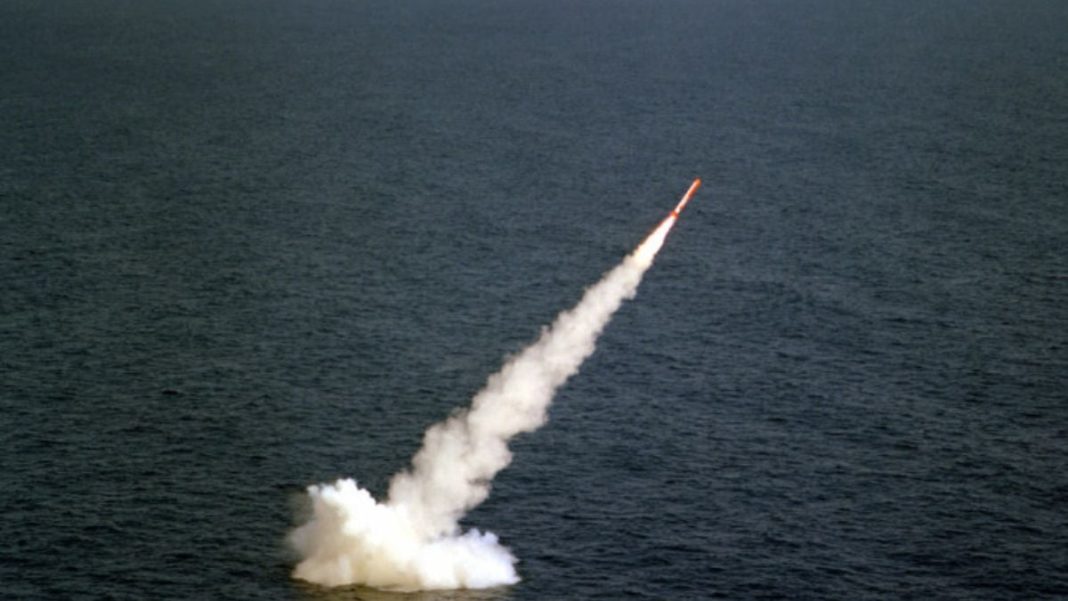The Indian Navy has successfully conducted a test of a nuclear-capable ballistic missile, according to various media reports. The missile, which is said to be the K-4 variant, was launched from the INS Arighaat submarine, marking a significant milestone as it was the first time this missile was fired from a submarine rather than from submersible pontoons. The K-4 missile, known for its solid-fuel capabilities, boasts an impressive strike range of approximately 3,500 kilometers.
INS Arighaat, weighing in at 6,000 tonnes, is a recent addition to the Indian Navy, having been commissioned just this past August. The submarine not only enhances India’s maritime defense capabilities but also represents a stride in indigenous technology and manufacturing. Reports indicate that INS Arighaat is the second nuclear-capable submarine in India’s fleet, following the INS Arihant, which was commissioned in 2016.
The test took place off the coast near Visakhapatnam in the Bay of Bengal, although there was no immediate official comment from the Indian Navy regarding the launch. Anticipation surrounds the release of further details about this demonstration, particularly in light of India’s prior notification of a public area warning and notice to airmen (NOTAM) that was effective from November 27 to 30. This NOTAM covered a flight corridor extending over 3,490 kilometers.
INS Arighaat features sophisticated systems that have been developed indigenously, showcasing the capabilities of Indian scientists and engineers in the fields of research and development. This advanced submarine emblemizes India’s commitment to bolstering its naval capabilities with domestically crafted technology. Furthermore, plans for the future include the induction of a larger submarine, which is expected to have a displacement of 7,000 tonnes, surpassing the current specifications of INS Arighaat. This initiative underscores India’s ongoing efforts to enhance its strategic arsenal and maintain a robust defense posture in the ever-evolving geopolitical landscape.





